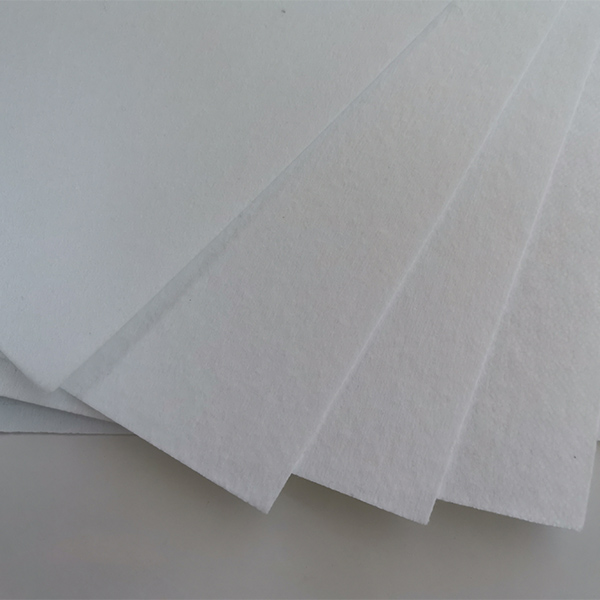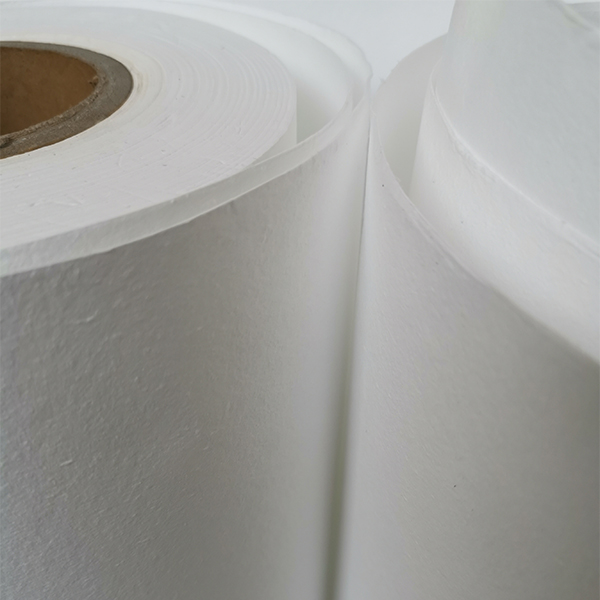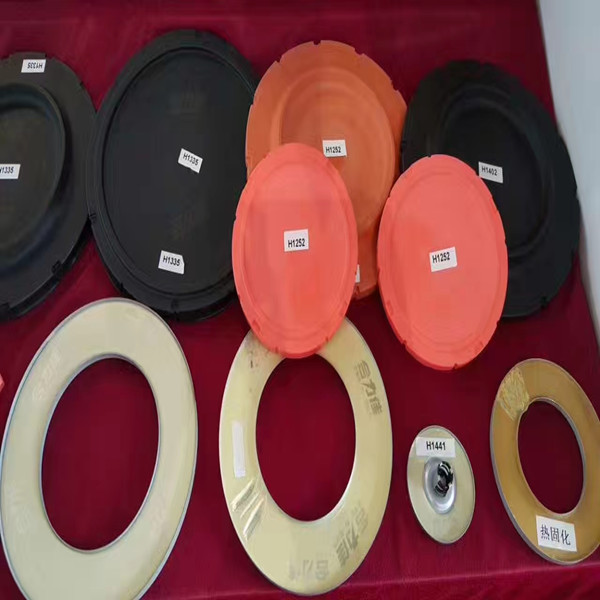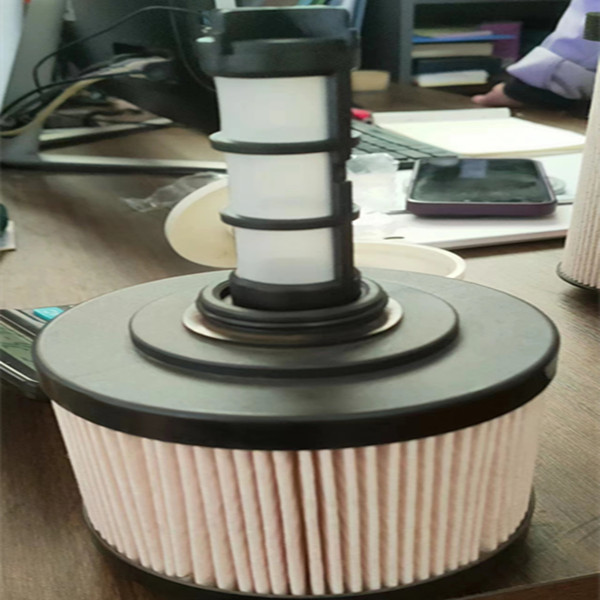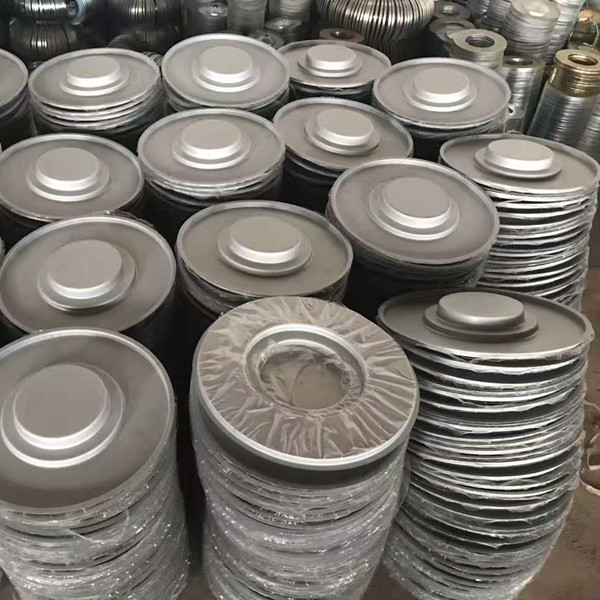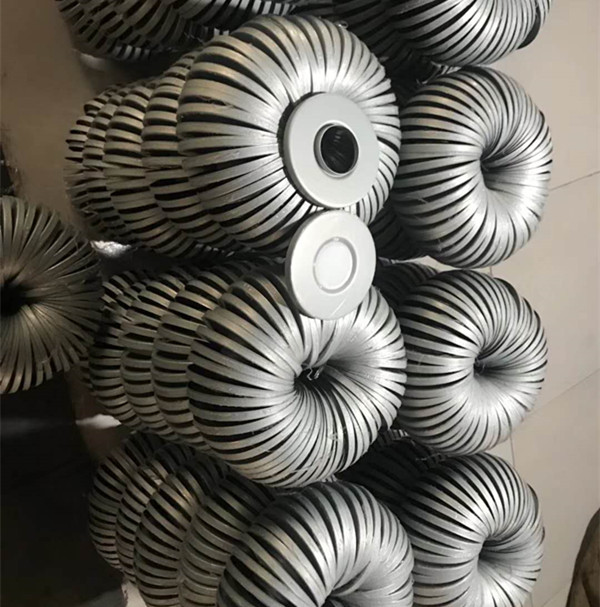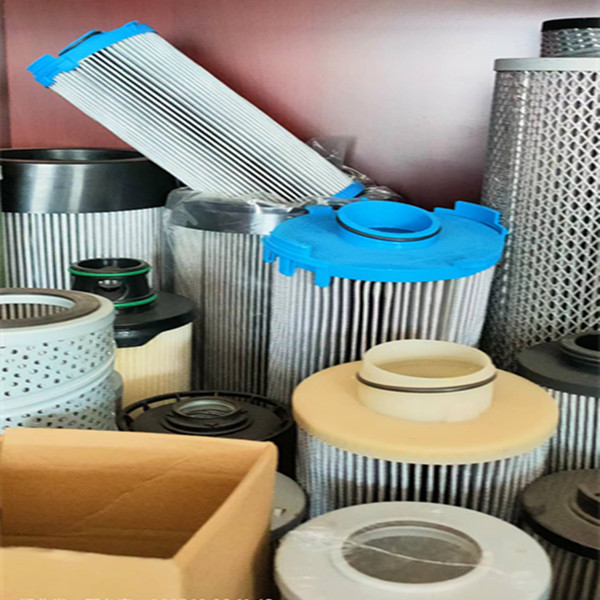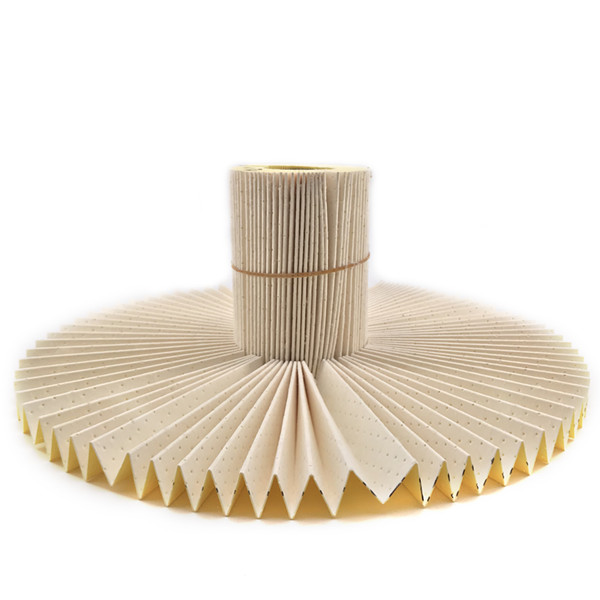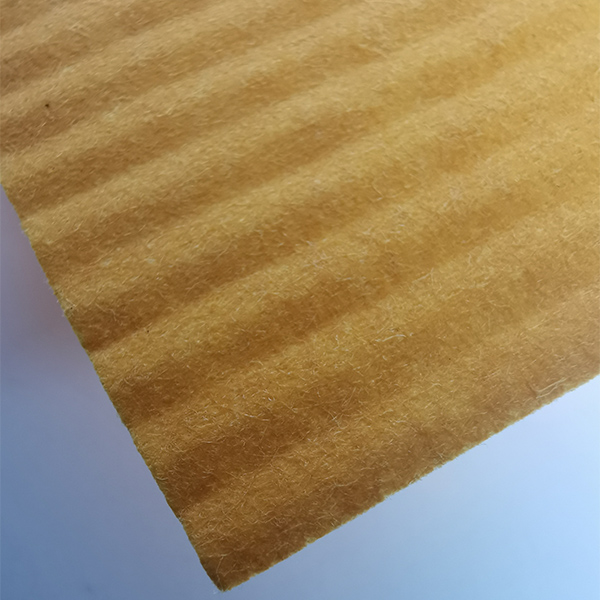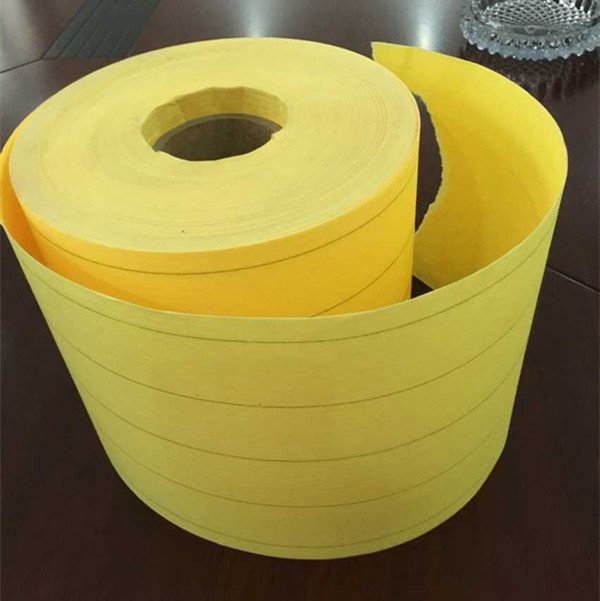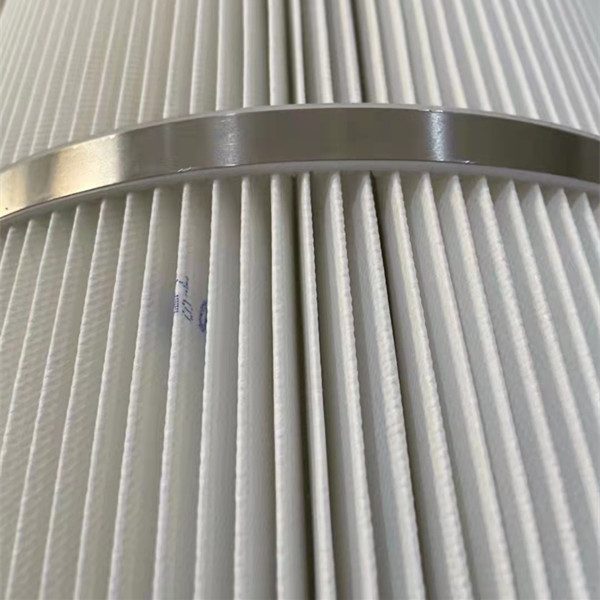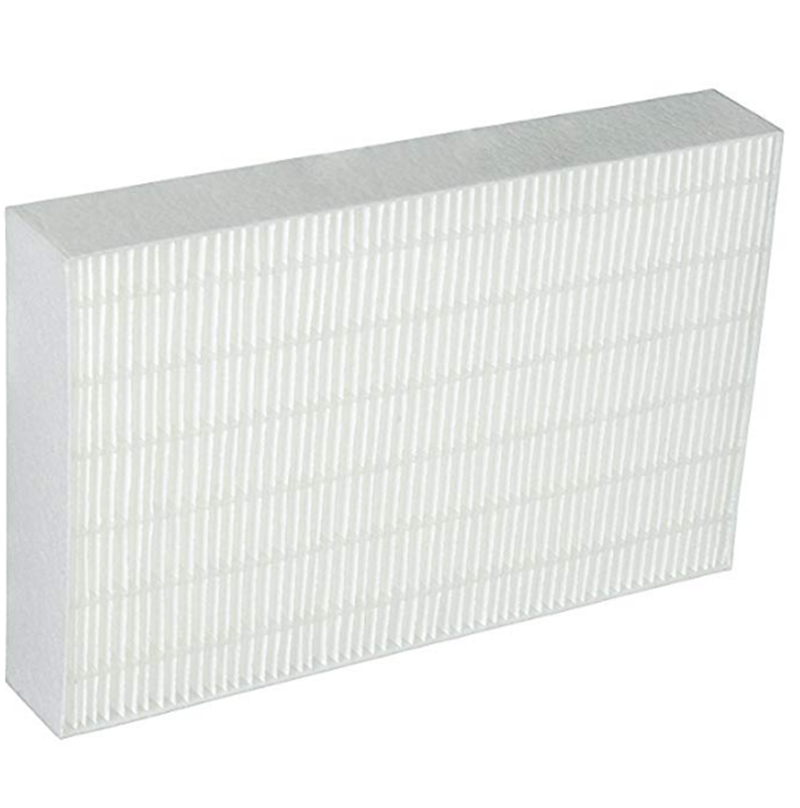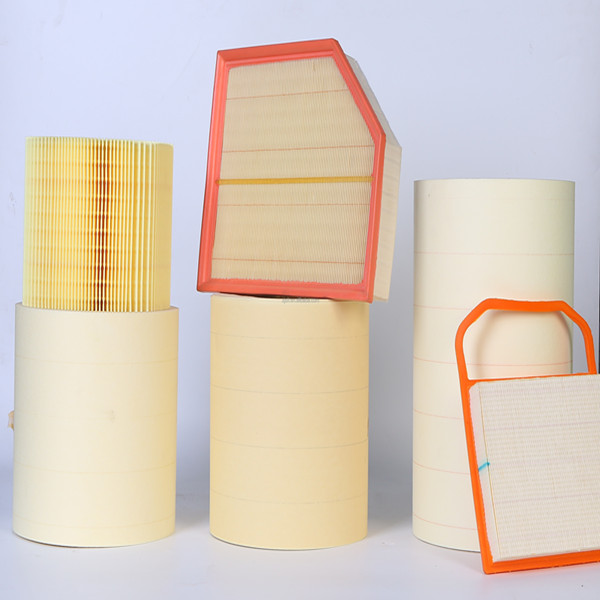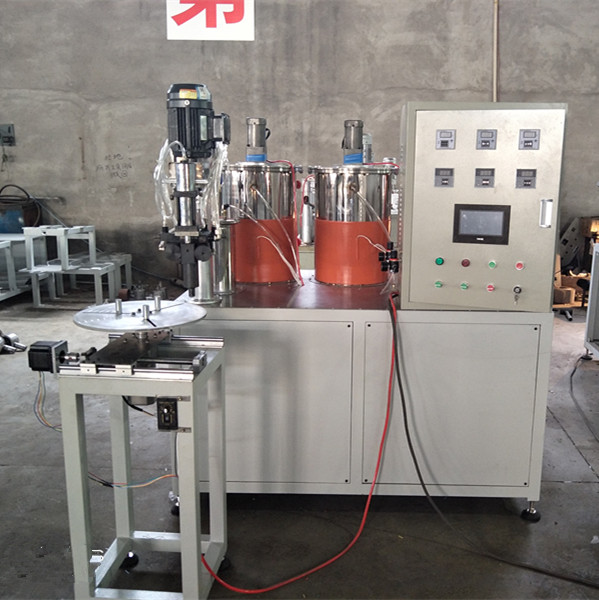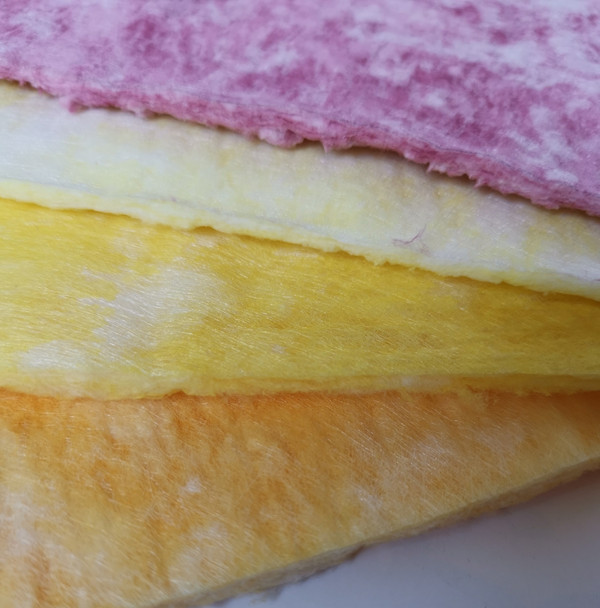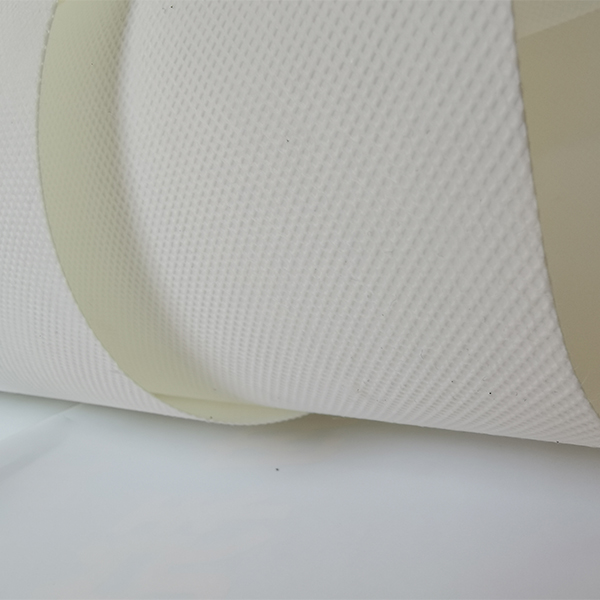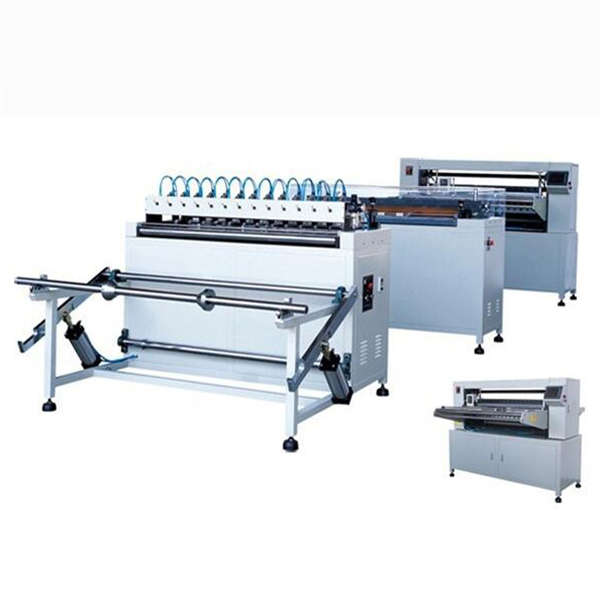- Introduction to advanced filtration solutions in the HVAC industry
- Technical superiority of synthetic filtration materials
- Performance comparison of leading manufacturers
- Customization options for specialized applications
- Implementation case studies across industries
- Environmental and economic impacts
- Future development trajectory for filtration technology
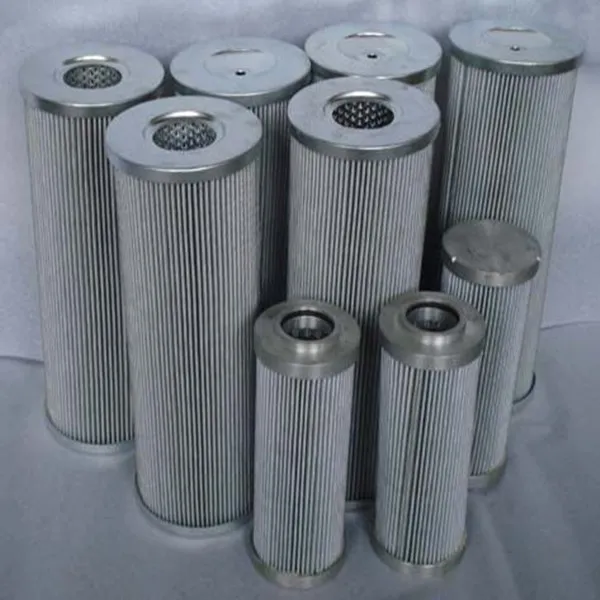
(synthetic air filter media rolls)
The Evolution of Synthetic Air Filter Media Rolls
Modern HVAC systems increasingly rely on advanced filtration solutions, with synthetic media rolls representing a technological leap from traditional fiberglass materials. Industry data shows a 17% annual growth in synthetic media adoption since 2020, reflecting fundamental shifts in filtration requirements. Unlike conventional materials, synthetic media offer precision-engineered pore structures that capture sub-micron particulates while maintaining optimal airflow. Manufacturers now produce media rolls in standardized 25-yard to 100-yard lengths, accommodating everything from residential furnace retrofits to commercial air handling units.
Key differentiators include hydrophobic properties that prevent moisture retention (reducing bacterial growth by up to 68% according to EPA studies) and electrostatic enhancement techniques that boost initial efficiency. The American Society of Heating, Refrigerating and Air-Conditioning Engineers confirms these synthetic variants maintain consistent MERV ratings throughout their lifecycle, addressing the efficiency degradation issues common with cellulose-based alternatives. This performance consistency proves particularly valuable in critical environments like pharmaceutical manufacturing and semiconductor cleanrooms where particulate stability matters most.
Performance Advantages Over Traditional Materials
Synthetic filtration media demonstrate quantifiable improvements across three primary metrics: particle capture efficiency, longevity, and operational economy. Third-party testing reveals synthetic media achieve 98.2% efficiency on 0.3-1 micron particles at only 0.28 inches water gauge resistance – a 40% pressure drop reduction compared to equivalent fiberglass products. This directly translates to energy savings; commercial facilities report 12-15% reduced HVAC energy consumption after conversion to synthetic media rolls.
The multilayer construction incorporates melt-blown polypropylene layers reinforced with polyester scrim backing, creating media with tensile strength exceeding 45N/5cm while maintaining just 0.15mm thickness. Accelerated aging tests confirm synthetic media maintain structural integrity beyond 36 months of continuous operation, contrasting sharply with conventional materials that typically require replacement at 9-12 month intervals. Additional technical benefits include UL 900 Class 1 fire ratings, FDA compliance for food processing applications, and resistance to chemical degradation from ozone or cleaning agents.
Manufacturer Comparison Overview
| Manufacturer | Media Composition | MERV Rating Range | Max Operating Temp (°F) | Durability (Cycles) |
|---|---|---|---|---|
| FilterCorp SynthTech | Tri-layer PP/PET | 11-15 | 250 | 60,000+ |
| AeroPure Dynamics | Electrostatic PP | 13-16 | 220 | 45,000 |
| North American Filter Co | Hybrid Nanofiber | 14-17 | 275 | 55,000 |
| Global Filtration Group | Reinforced PP | 10-14 | 200 | 40,000 |
Top-tier manufacturers typically offer media rolls certified to ISO 16890 and ASHRAE 52.2 standards, with proprietary enhancements like FilterCorp's NanoPleat technology that increases surface area by 300% within standard frame dimensions. Independent laboratories verify performance claims through standardized testing protocols, with particular attention to initial efficiency versus loaded capacity. Industrial buyers should prioritize manufacturers providing particle capture validation reports and guaranteed minimum efficiency performance (GMEP) documentation, especially for critical applications.
Customization Capabilities for Industry-Specific Needs
Leading suppliers offer extensive customization parameters to address specialized operational environments. Standard modification options include: antimicrobial treatments meeting AATCC 100 standards for healthcare applications; static-dissipative coatings (10^6-10^9 ohms/sq) for electronics manufacturing; hydrophobic nanofinishes with moisture resistance exceeding 90% RH; and custom media depths ranging from 10mm to 100mm for unique airflow requirements. Specialty variants withstand temperatures up to 350°F for combustion air intake systems or metal processing facilities.
Manufacturers typically maintain comprehensive material libraries with over 50 substrate variations for precise application matching. Production flexibility allows for custom roll widths (from 24" to 98") and variable pleating geometries optimized for specific airflow patterns. Advanced fabrication capabilities include laser welding of seams for high-integrity installations and ultrasonic bonding techniques that eliminate glue outgassing in sensitive environments. For large-volume industrial clients, manufacturers conduct computational fluid dynamics modeling to design media configurations that minimize pressure drop while maximizing particulate capture efficiency.
Application Case Studies Across Industries
Pharmaceutical Manufacturing: A contract drug producer replaced cellulose media with synthetic rolls, achieving ISO Class 5 compliance while reducing filter change frequency from quarterly to annually. The switch delivered 23% energy savings through reduced fan load and eliminated $380,000 annually in labor and disposal costs.
Data Centers: Hyperscale server farms implemented electrostatic-enhanced synthetic media, capturing 96% of corrosive particulate matter before reaching sensitive electronics. This extended server lifespan by 18 months while maintaining optimal thermal management with only 0.25" WG resistance at 500 FPM face velocity.
Food Processing: Meat packaging facilities utilizing synthetic media with FDA-compliant antimicrobial treatment reduced airborne pathogen counts by 4-log, meeting USDA-FSIS requirements while withstanding daily high-pressure washdown procedures. The non-degrading synthetic material maintained structural integrity beyond 18 months in 85% humidity environments.
Economic and Sustainability Impact Analysis
The lifecycle economics of synthetic air filter media rolls
demonstrate compelling advantages. When accounting for extended service intervals (typically 2-3 years versus 6-9 months for conventional media), facilities realize 40-60% reduction in annual filtration costs. The environmental calculus proves equally favorable: synthetic media require 78% less energy to manufacture than fiberglass equivalents and reduce landfill contributions by up to 300% per functional unit. Furthermore, multiple manufacturers now offer recycling programs that recover over 90% of polypropylene content for pelletized reuse.
Independent lifecycle assessments confirm synthetic media rolls generate 2.3 metric tons less CO2 equivalent per year of service compared to traditional alternatives. Significant operational benefits include compatibility with automated filter monitoring systems that optimize replacement schedules based on actual pressure differential readings rather than conservative time-based intervals. This predictive approach prevents premature replacements while eliminating unexpected system shutdowns due to media failure.
Future Innovation Pathways for Filtration Media
Material science breakthroughs continue advancing synthetic air filter media capabilities, with nanotechnology developments showing particular promise. Prototype media incorporating graphene oxide nanostructures demonstrate 99.97% efficiency at 0.1 micron while maintaining permeability coefficients exceeding 200 L/m²/s. Emerging photocatalytic treatments also enable self-cleaning functionality when exposed to UV light sources, potentially extending service life beyond five years in standard applications.
Manufacturers invest heavily in sustainable chemistry innovations, including biopolymer alternatives derived from plant-based sources that maintain petroleum-grade performance characteristics. Smart filtration represents another frontier, with sensor-embedded media capable of real-time particulate monitoring and automated system optimization. These advancements position synthetic media rolls as the foundational technology for next-generation filtration systems across residential, commercial, and industrial environments.

(synthetic air filter media rolls)
FAQS on synthetic air filter media rolls
Q: What are synthetic air filter media rolls used for?
A: Synthetic air filter media rolls are designed to capture airborne particles in HVAC systems, furnaces, or air purifiers. They offer high dust-holding capacity and durability compared to traditional fiberglass. These rolls can be customized for residential or industrial applications.
Q: How do synthetic air filter media rolls differ from fiberglass ones?
A: Synthetic media rolls use engineered polymers for finer particle filtration and better airflow resistance management. They last longer and are more efficient at trapping allergens. Fiberglass media, meanwhile, typically focuses on larger debris and requires more frequent replacement.
Q: Are furnace filter media rolls compatible with all HVAC systems?
A: Most furnace filter media rolls work with standard HVAC systems, but thickness and MERV ratings must align with manufacturer specifications. Always verify compatibility to avoid airflow restriction. Custom-cut options are available for non-standard units.
Q: How often should synthetic air filter media rolls be replaced?
A: Replacement intervals depend on usage and environmental factors (e.g., pets or pollution). Typically, every 3-6 months for residential use. High-efficiency synthetic media may last longer while maintaining performance.
Q: Can I cut air filter media rolls to fit non-standard filter sizes?
A: Yes, synthetic and furnace filter media rolls are designed for easy trimming to custom dimensions. Use sharp scissors or a utility knife for clean edges. Always measure existing filters precisely before cutting.
Post time: May-31-2025

